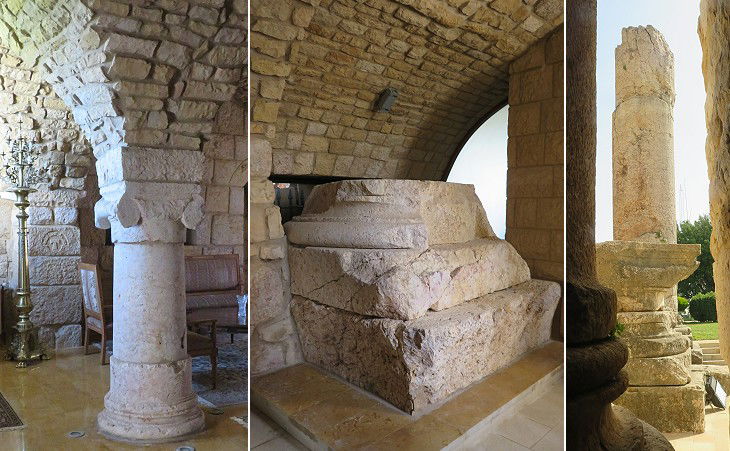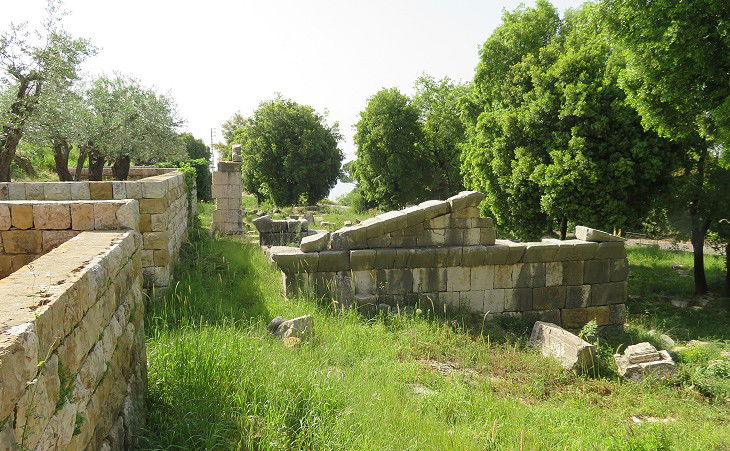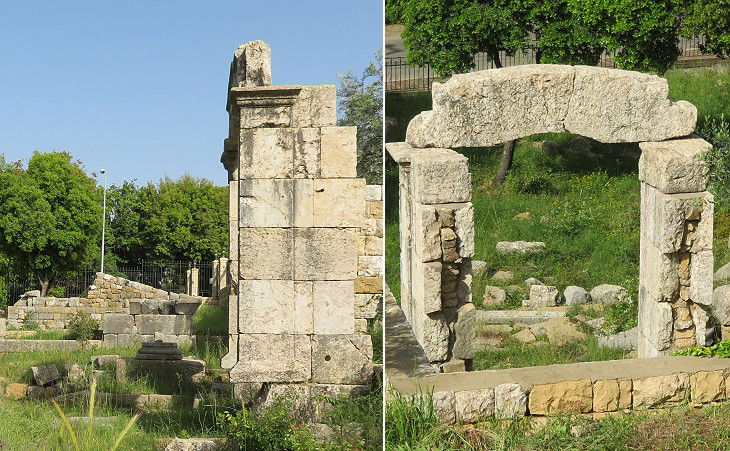Deir El Kalla - Beit Mery
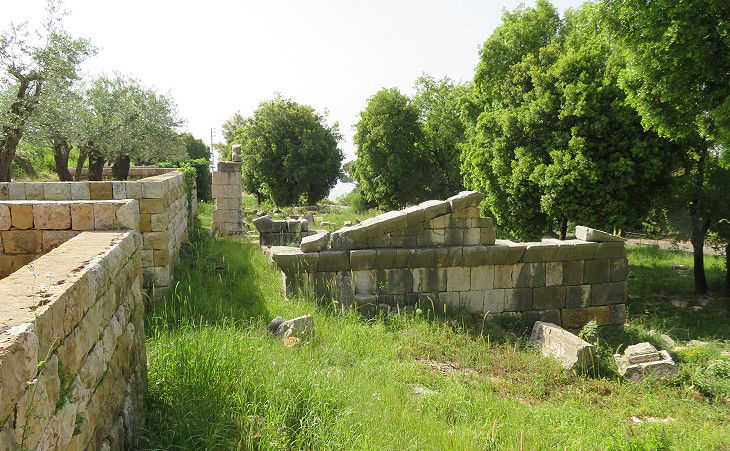
A Maronite convent east of Beirut; where are the remains of an ancient temple, probably Phoenician. (..) The gorge of the river was on our right, as we continued to ascend; and we could see in it the remains of an ancient aqueduct along its southern side. (..) The convent stands on the top of this buttress. (..) We wound around the western slope and ascended with difficulty. (..) Here the traveller finds himself on the crest of a thin ridge; (..) the convent stands upon the high extremity, at an elevation of 2,200 feet above the sea. The view from this point is extensive and interesting. Towards the west it commands the city of Beirut and its whole plain with the Mediterranean beyond. Probably the island of Cyprus is visible in clear weather; but it did not occur to us at the moment to look for it.
Edward Robinson / Eli Smith - Biblical Researches in Palestine and the Adjacent Regions - A Journal of Travels in the Years 1838 and 1852
Air pollution is a main health hazard for the inhabitants of Beirut and those who can afford it live on the ridge of hills where Deir el-Qalaa is situated. Their daily commuting by car worsens the level of pollution.

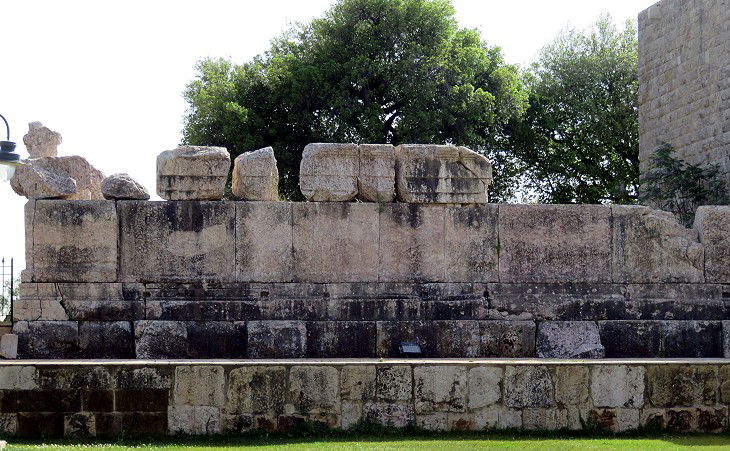
Platform of the temple
The front was towards the northwest, looking down upon the plain and sea. (..) Portions of four columns, and the pedestal of a fifth, are still in place; but no corresponding capitals are found. (..) Of the body of the temple, only the foundations and portions of the lower courses remain. Robinson & Smith
Deir el-Qalaa means Convent of the Citadel: it was founded in 1748 by members of the Antonin Maronite Order on the site of a small fortress nested in the ruins of a Roman temple. The construction of the temple is dated IInd century AD and its size testifies to the importance of Roman Berytus (Beirut).
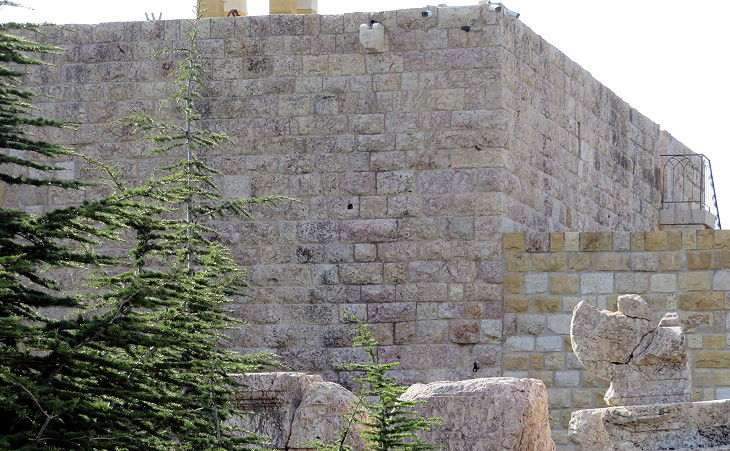
The convent church is built on and within the old foundations at the northwestern part. Robinson & Smith
The temple had a very large cella and most likely a design similar to that of the Temple of Bacchus at Baalbek. Because of its size and position it was clearly visible from the sea. Some inscriptions indicate that it was dedicated also to Juno and often temples which were a landmark for seafarers were dedicated to a goddess (e.g. Isis at Sabratha and Aphrodite/Venus at Amathous). These inscriptions refer to Juno as dea or regina (queen). The latter epithet is typical of Rome where the goddess was portrayed as a queen.
